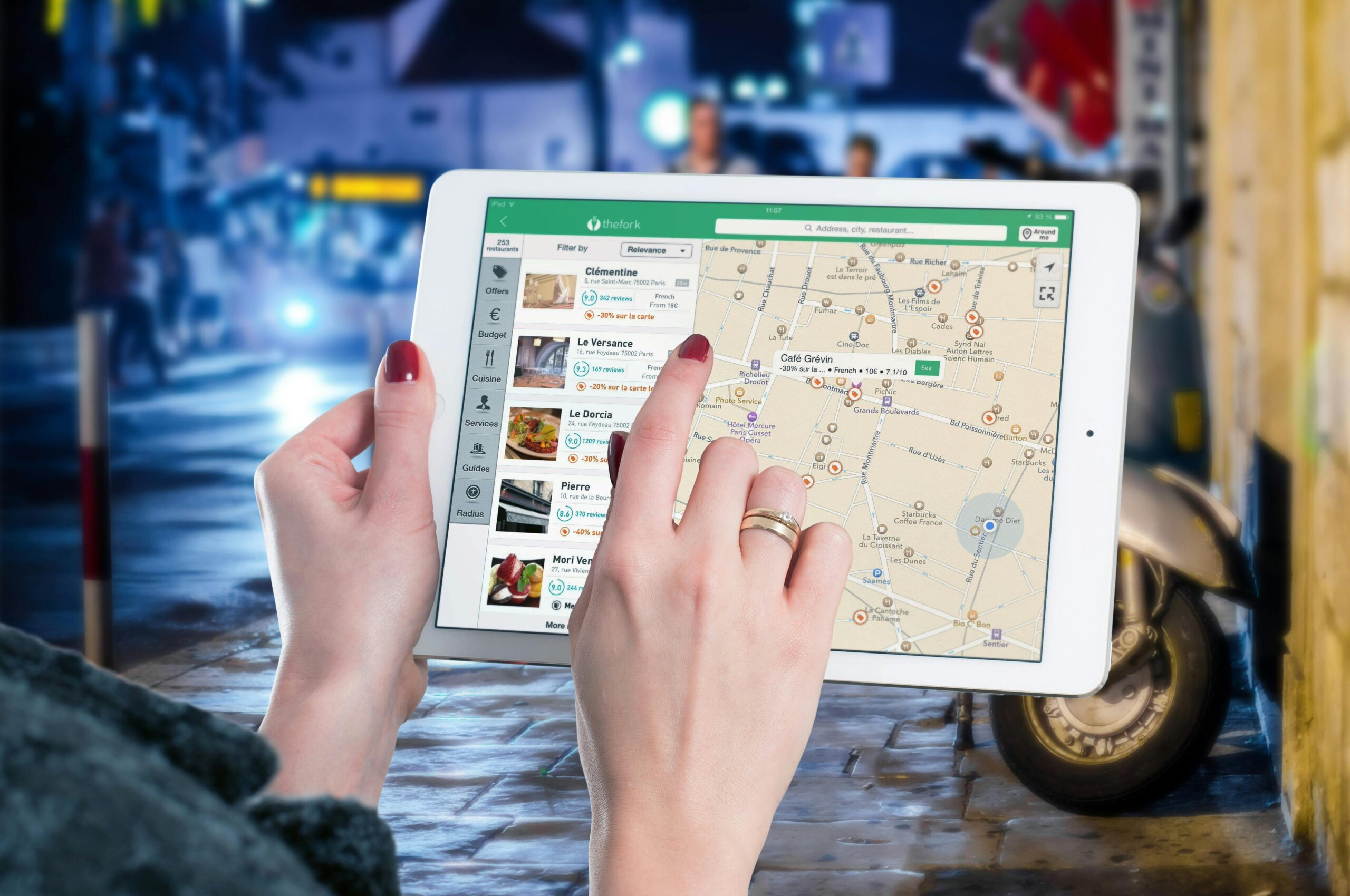Image credit: Unsplash
California’s Push for School Phone Bans: Newsom’s Vision and Implementation
California Governor Gavin Newsom has called for a ban on students having access to their phones in public schools in an effort to cause fewer distractions. This decision was made in part to help combat the mental health struggles that social media causes in children and teens. In the letter he sent to the districts, he claimed a learning environment without phones can be very helpful as there will be far fewer distractions.
Newsom stated, “Every classroom should be a place of focus, learning, and growth.” He continued by saying, “Working together, educators, administrators, and parents can create an environment where students are fully engaged in their education, free from the distractions on the phones and pressures of social media.”
The Los Angeles Unified School District (LAUSD), which became the biggest school district in the US in June to establish a general policy prohibiting mobile phone usage during school hours, is the model that Newsom’s demand is emulating. The district has been given instructions by the LAUSD Board of Education to create a thorough implementation plan, which is scheduled to begin in January 2025.
All students in the San Francisco Unified School District (SFUSD) are currently required by policy to switch off and store their mobile devices during school hours, with the exception of emergencies. “SFUSD recognizes the importance of students being fully present in the classroom,” said district spokesperson Laura Dudnick. “Per our current policy, mobile communication devices must be turned off and put away during class time and passing periods, except in certain circumstances such as health and safety reasons or if the device is being used as part of an instructional activity.”
However, some San Francisco middle schools have adopted even stricter measures. For example, at James Denman Middle School, a cell phone ban was in place for two years, well before Newsom’s recent call to action. Math teacher Rori Abernathy explained that the school uses Yondr pouches to enforce the ban. Upon arriving at school, students secure their phones in assigned Yondr pouches, which are then locked and handed back to them. These pouches are also used in some district high schools and middle schools, as well as at events like concerts and weddings.
“The big thing is the students know [their cell phone] will be taken if we see it outside the pouch,” Abernathy said, noting that while the policy isn’t perfect, it effectively signals to students that phones are not to be used during the school day. She added that the ban has encouraged “kids to talk to each other more and socialize at lunch.”
Other SFUSD middle schools, like Presidio Middle School, have similar standalone policies. According to the school’s website, students are required to turn off and keep their phones out of sight during school hours. If students fail to comply, their phones are confiscated, and parents or guardians must come to campus and retrieve them.
Challenges and Perspectives on Cell Phone Bans in Schools
Despite the push for stricter phone policies, enforcement remains a challenge. A 2023 national survey by the EdWeek Research Center found that teachers are more supportive of cell phone bans than principals and district leaders. This discrepancy often leaves individual educators responsible for policing phone use in their classrooms.
Elizabeth Statmore, a math teacher at Lowell High School, criticized the Yondr pouch policy, arguing that it creates a power struggle between teachers and students. “The Yondr pouch policy turns cell phone access into a power struggle between teachers and students, which drives teenagers to find ways to resist,” she said. In an op-ed back in July for The Voice of San Fransisco, Statmore advocated for a more comprehensive technological solution, suggesting that locking students out of social media, mobile games, and specifically TikTok from 8 a.m. to 4 p.m. on school days would be more effective. She said, “We need a serious, unbreakable, collective-action solution.” She continued by mentioning, “Whatever we decide ought to make smartphones as worthless as bricks during school hours, except for basic calls and texting, or whatever we collectively believe the line should be.”

























































































































































































































































































































































